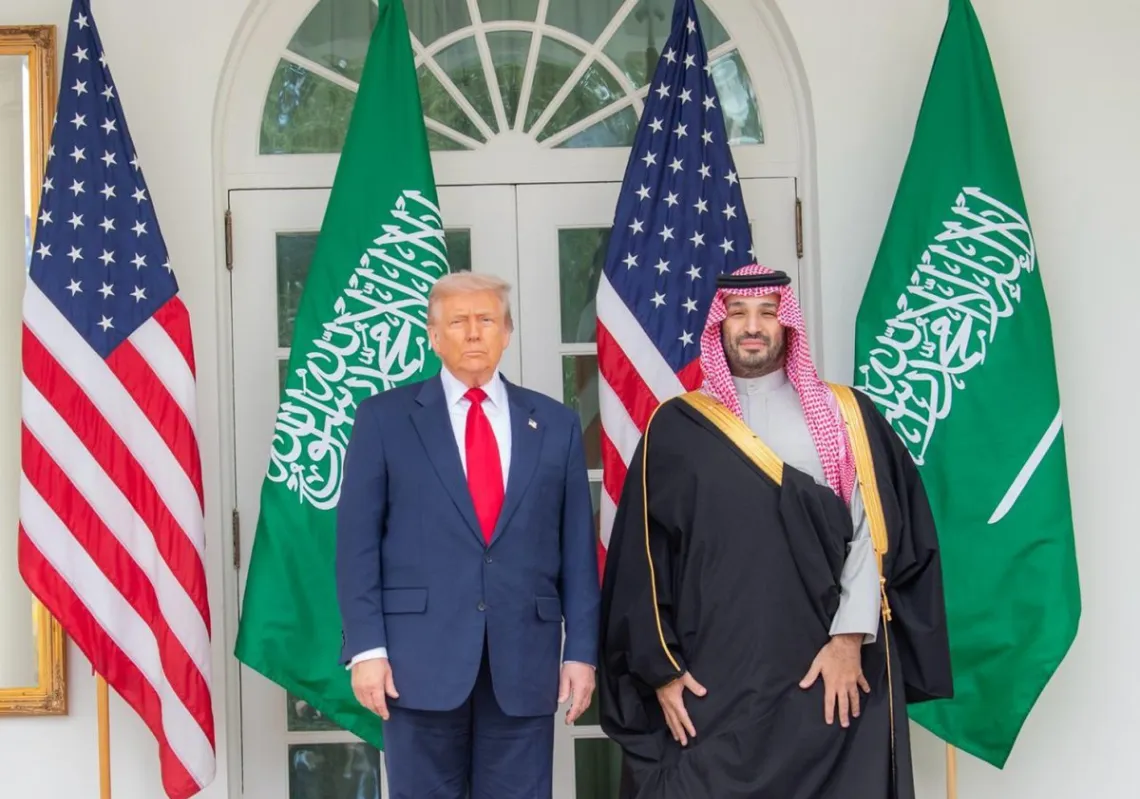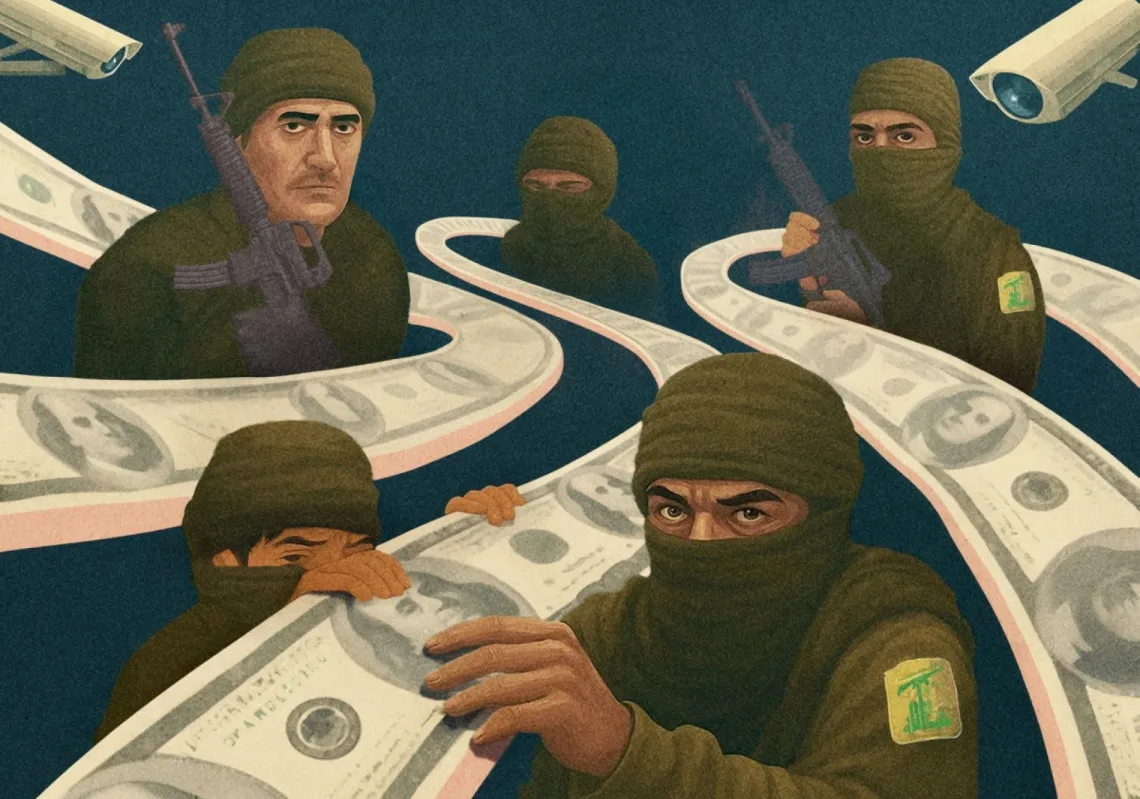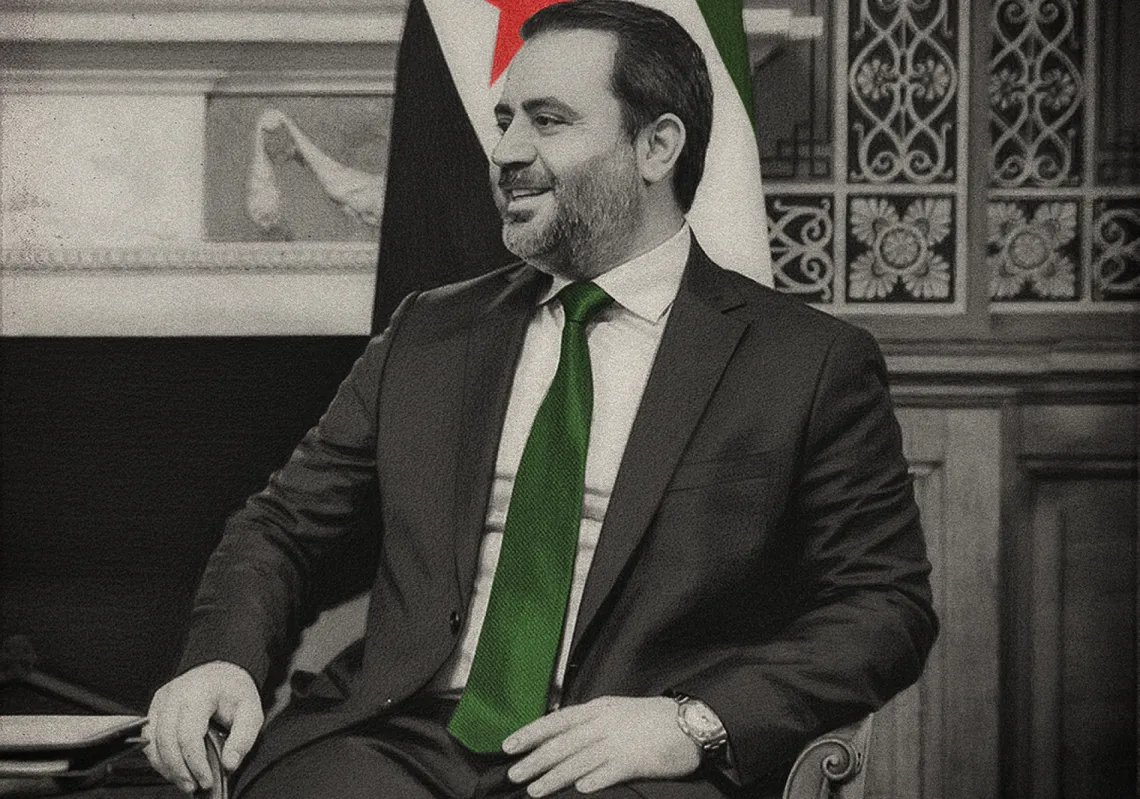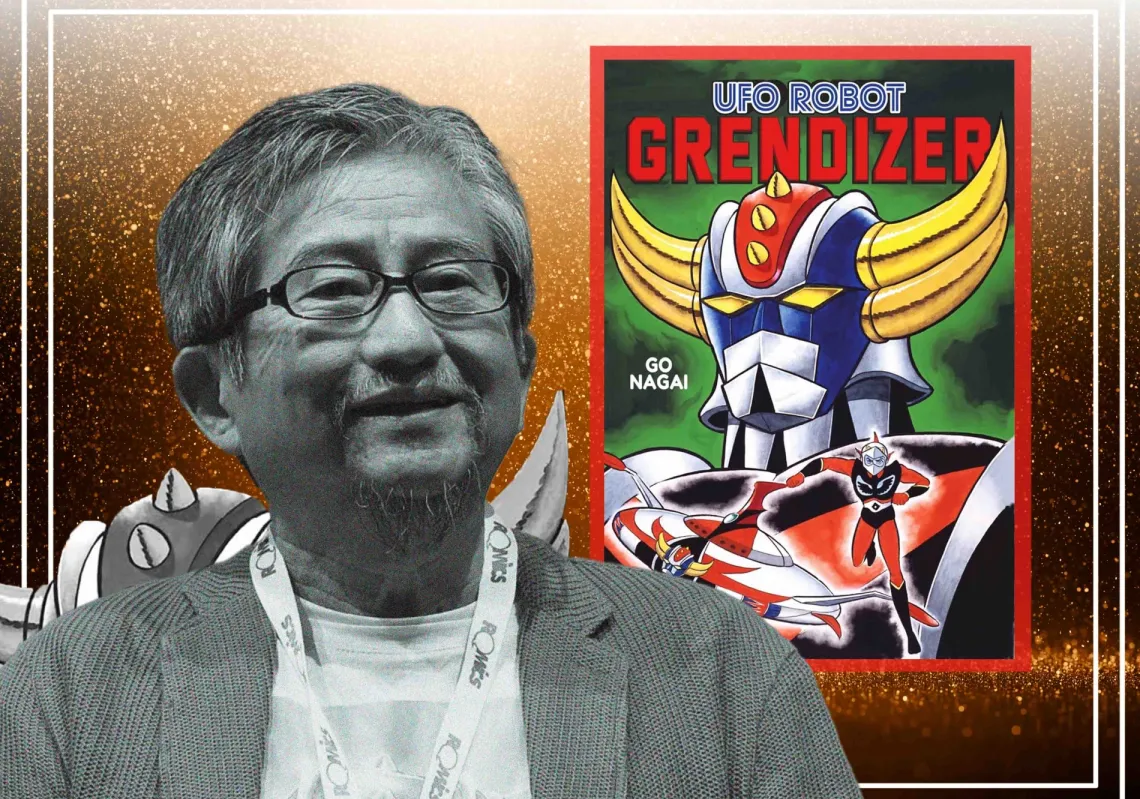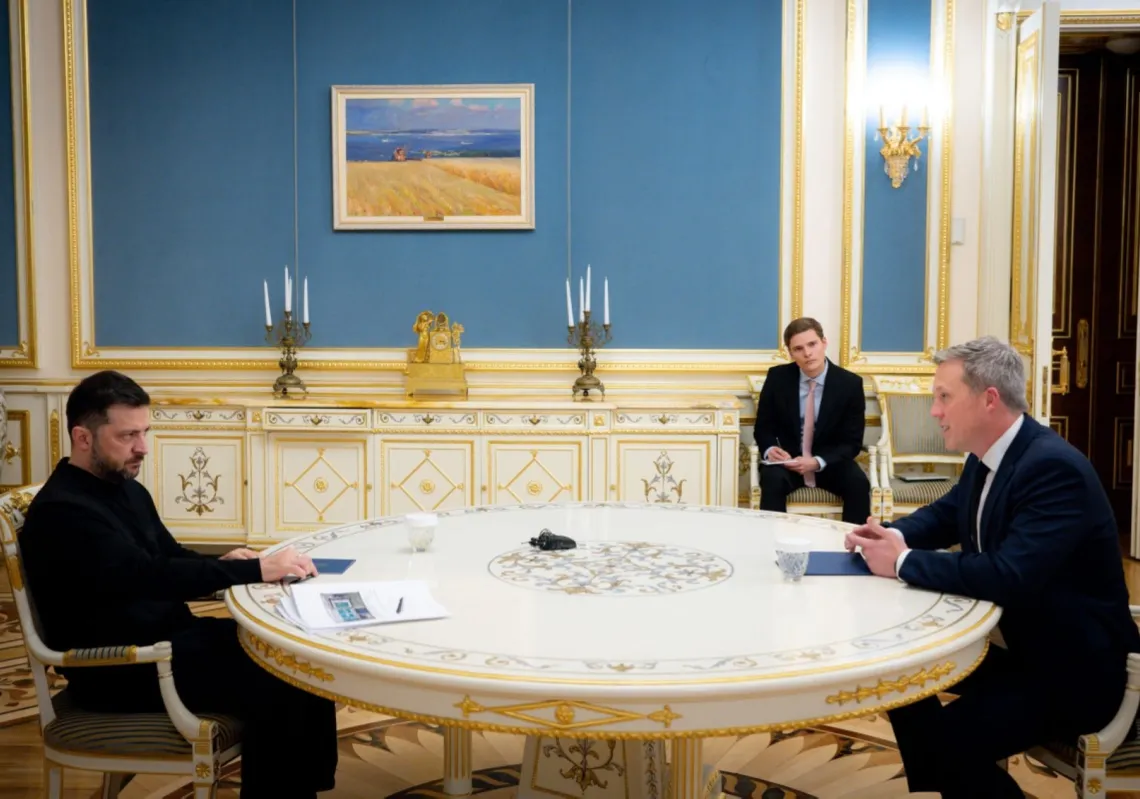The return of the sanctions are part of the Trump administration’s efforts to curb Tehran’s missile and nuclear programs, counter its growing military and political influence in the Middle East and change the behaviour of Ayatollah Khamenei and Iran’s Revolutionary Guard Corps.
First introduced by the US after the Iranian Revolution in 1979, the sanctions regime on Iran has been expanded many times in subsequent years: by the US in 1995, the European Union and UN Security Council in 2007, and again in a series of bilateral actions taken by the US, UK and Canada in 2011. It reached its peak in 2012. These economic sanctions, adopted in response to the refusal of Iran to suspend its uranium enrichment program, consisted of strong restrictions and embargoes on Iran's trade, banking and oil sectors. Aiming to prevent any further investment in the Iranian nuclear program, these sanctions were “the toughest the world community has ever imposed on any country” and had a severely detrimental impact on Iran’s economy.
The Joint Comprehensive Plan of Action (JCPOA), more commonly known as the Iran nuclear deal, was reached between Iran and the United States, the UK, Russia, France, China, Germany and the EU in July 2015 in Vienna after nearly two years of intensive talks. The deal was reached to ensure Iran's nuclear program will be "exclusively peaceful”. Each of the members who agreed the deal took steps to implement their commitments once the JCPOA came into effect on 18 October 2015. The International Atomic Energy Agency (IAEA) announced on "implementation day" on 16 January 2016 that Iran had put its key nuclear-related measures in place. The US then agreed to lift nuclear-related sanctions on Iran.
Donald Trump’s victory in the November 2016 US election put the fate of the deal in doubt. Trump promised before his election to “dismantle the disastrous deal with Iran” which he believes falls short of addressing Iran’s regional behaviour or its missile programme. On May 8, Trump fulfilled his campaign pledge and withdrew from the deal, a move that irritated European allies. The first set of sanctions re-imposed in August targeted the financial transactions that involve US dollars, Iran's automotive sector, the purchase of commercial planes and metals including gold. Immediately after issuing the order, Trump tweeted that these were "the most biting sanctions ever imposed" and would "ratchet up to yet another level" in November when Iran's oil sector and central bank would be targeted.
Many see the Obama administration's decision to lift sanctions on Iran as effectively subsidizing Iranian imperialism in the Middle East and signalling a Western green light for its continued regional aggression. At the UN Security General Assembly in September, Trump accused the Iranian regime of stepping up its aggression after signing the nuclear accord in 2015 and said that Tehran took advantage of the lifting of sanctions to fund a missile program and support terrorism.
“In the years since the deal was signed, Iran’s aggression only increased,” Trump said as he chaired a meeting of the UN Security Council to address the countering of nuclear, chemical, and biological weapons.
“The regime used new funds from the deal to support terrorism, build nuclear capable missiles, and foment chaos,” he said.
The president also said Iran “is the world’s leading sponsor of terror,” and urged the international community to unite against the Tehran regime.
“I ask all members of the Security Council to work with the United States to ensure the Iranian regime changes its behavior and never acquires a nuclear bomb,” he said.
Iran is ascendant in the Middle East, spreading its influence in a geographic arc extending from Tehran and Baghdad to Damascus and Beirut. Its rise, which began with the 2003 U.S. invasion of Iraq, and accelerated when civil wars erupted in Syria and Yemen, is a strong indication that Iran aspires to be the region’s hegemonic power while exploiting weak states and fighting its enemies through proxies without direct harm to Iran. Israel and Gulf nations have pressured the White House to address what they see as a growing Shi’ite sphere of influence across the Middle East with the IRGC bolstering its support for allied militant groups in Iraq, Lebanon and Syria.
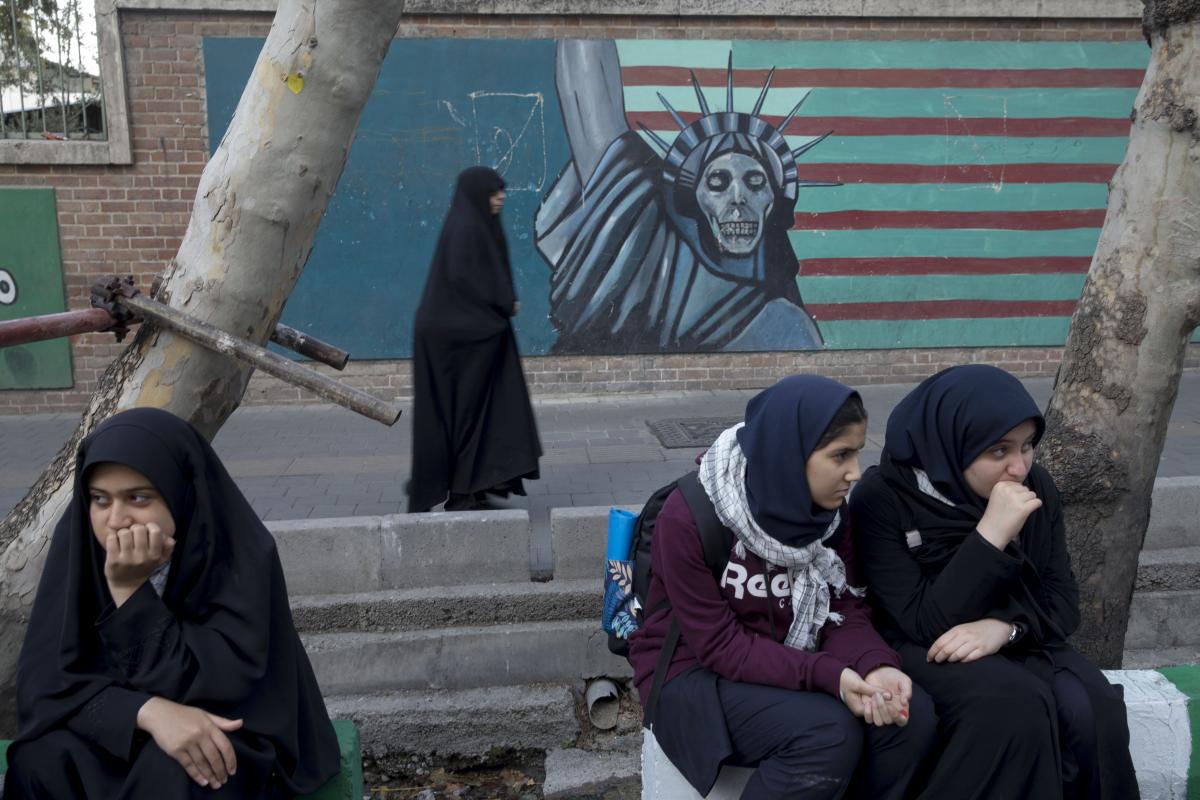
Iranian leaders used part of the windfall from the lifted sanctions, worth tens of billions of dollars, to expand the country’s reach into the region, and further its role as the world’s leading state sponsor of terrorism, Administration officials say. Tehran is now involved in every single serious conflict in the Middle East, almost always on the side of America’s enemies. Tehran has also increased funding for Shi’ite insurgents opposing American allies in Bahrain, Saudi Arabia and Yemen. It also has continued to develop ballistic missile technology in defiance of the United Nations.
Of all the Shi’ite militias in the region, Hezbollah in Lebanon has gained the most from Iran’s post-JCPOA ascendancy and is involved in nearly every fight of consequence to Iran. One US State Department official estimated Iran’s support at $700 million a year. Hezbollah has received weapons from the IRGC, training in Iranian facilities, and direct Iranian financial support since the early 1980s, when Iran helped establish it. In the estimation of many, it effectively acts as an extension of the IRGC, connecting the growing network of Iran’s powerful militias.
As a result, Hezbollah is not just a power unto itself, but one of the most important instruments in the drive for regional supremacy by its sponsor. The group, which has been designated a terrorist organisation by the US, posts photos of Iran’s leaders in territory it controls and flies a flag inspired by the IRGC emblem.
Hezbollah’s political aspirations in Syria involve keeping Assad in power and maintaining a permanent presence in the country. It has fielded thousands of its fighters alongside the Syrian government forces since the early days of the war that erupted in 2011 and fought some of the most intense battles of the war. During the seven years of war more than 1,600 Hezbollah fighters have been killed in Syria, according to the Britain-based Syrian Observatory for Human Rights. By remaining permanently in Syria, Hezbollah is sending a message that the borders have collapsed and that there are new rules of engagement which are to the detriment of the Sunni Arab states. It also seeks to deliver that it is no longer only a Lebanese militia, but an important power in the Middle East and a key instrument in Iran’s expansionist ambitions.
The US was confronting Iran in response to its regional expansion militarily and through intelligence and diplomatic countermeasures even before Trump came into office, but confrontation and pressure on Iran’s already battered economy has escalated during his presidency.The new sanctions, which severely restrict the sale of Iranian oil, will only add to longstanding economic problems. Iran suffers deep corruption and incompetence thanks to the overseers of its economy.
The economic hardships have sparked protests over the last year, including a week-long wave of nationwide demonstrations in late December. More public outpourings of discontent over unpaid wages, rising prices, and corruption unfolded during the summer. Those have quieted down over the last two months, but an enormous well of anger at the Iranian government bubbles beneath the surface as economic pressures rise and people are increasingly pointing fingers at the rich and powerful,including clerics, diplomats, officials and their families. More Iranians are using social media to vent anger at what they see as the corruption and extravagance of a privileged few, while the majority struggle under a long deteriorating economy.
Protests seem to be more broad-based than in previous years. Unlike the middle-class Green Movement protests that shook Iran in 2009, the current wave appears to have swept up the blue-collar workers who were the government’s traditional base of political support. Women are increasingly emboldened, in many cases tearing off their hijabs at the protests. What started out as economic protests have transformed into a broad, social and political challenge to the regime. Protests chanted ‘Death to Khamenei,’ ‘Death to Rouhani,’ ‘Death to the regime.’ This kind of direct challenge to the regime has not been seen since 1979 and the Islamic Revolution. They also chanted against Iran’s involvement in the wars in Syria and elsewhere. The promised economic benefits from the nuclear deal didn’t materialize at the pace at which Iranians had hoped. At the same time, the government moved to remove subsidies, pruned welfare rolls, and spent billions on the war in Syria.
Iran’s currency has lost more than two thirds of its value this year.The rial hit 149,000 to the U.S. dollar on the black market used for most transactions, down from around 43,000 at the start of 2018. That has sent prices skyrocketing for everything from daily goods to cars thus making living costs increase sharply while the threat of financial punishment from the United States has prompted many foreign companies to pull out of Iran or stay away.
The financial rating service, Fitch, predicted that Iran’s economy would grow only 1.8 percent this year and contract 4.3 per cent next year. This will likely cause further unrest among ordinary Iranian people. Trump hopes that the new sanctions will also drive ordinary Iranians to increase pressure on the central government to redirect wealth from foreign interference to domestic spending.
“After our sanctions come in force,” Secretary of State Mike Pompeo said in May at the Heritage Foundation, a right-leaning Washington think tank, “Iran will be forced to make a choice: either fight to keep its economy off life support at home or squander precious wealth on fights abroad. It will not have the resources to do both.Second, I will work closely with the Department of Defense and our regional allies to deter Iranian aggression. We will ensure freedom of navigation on the waters in the region. We will work to prevent and counteract any Iranian malign cyber activity. We will track down Iranian operatives and their Hezballah proxies operating around the world and we will crush them. Iran will never again have carte blanche to dominate the Middle East.”
Six months after the July 2015 deal, the sanctions came off and money began flowing again, and $16 billion went to regional proxies, according to a senior State Department official. The new round of protests over Iran’s economic woes poses a challenge to Rouhani’s government, which was twice elected on the promise that a nuclear deal would result in integrating the country into the global economy. Although in its cost-benefit calculations, Iran sees the security benefits of its ties to various non-state actors as exceeding their economic costs, there are more signs the Iranian people are growing weary of their government’s foreign military intervention.



